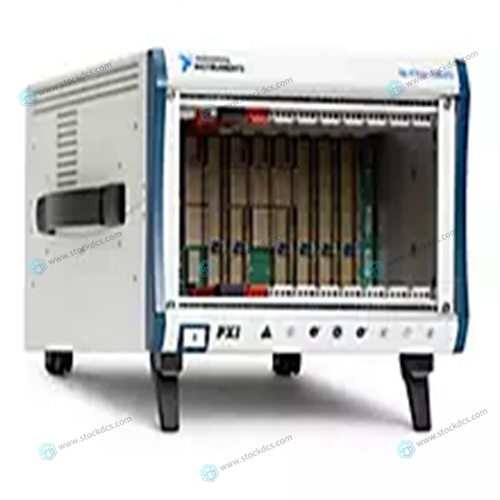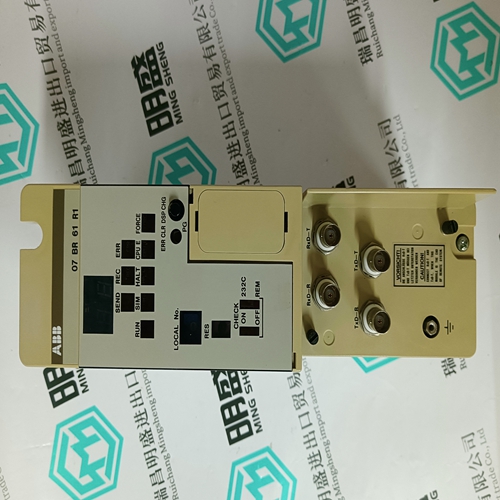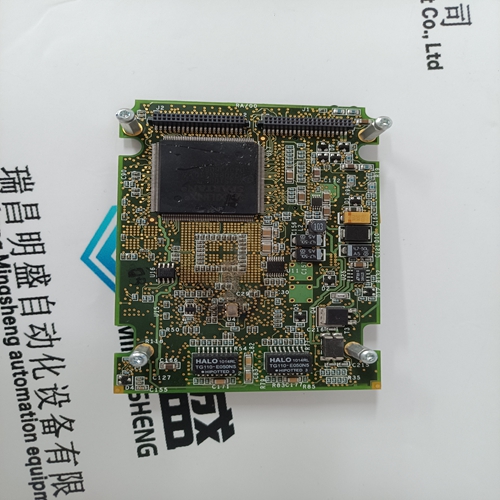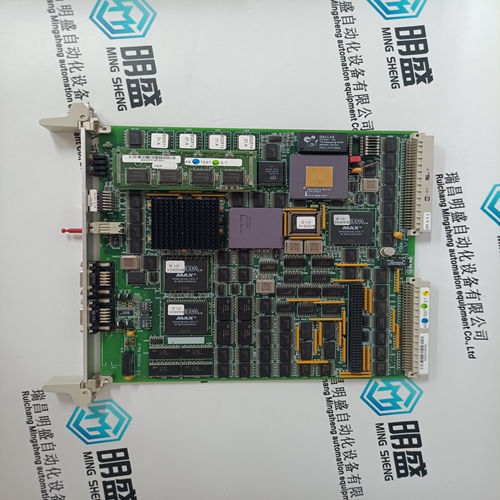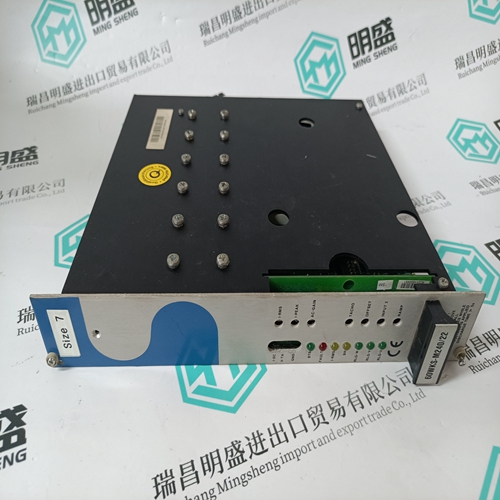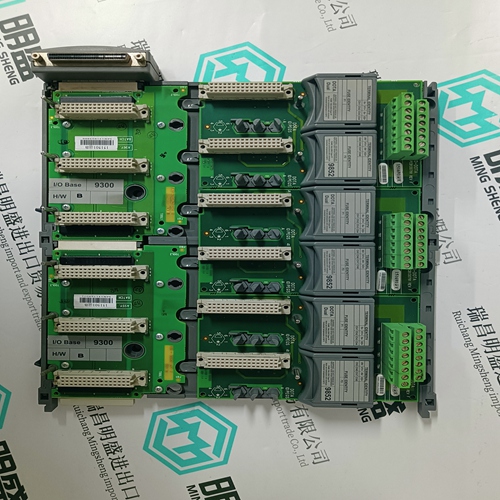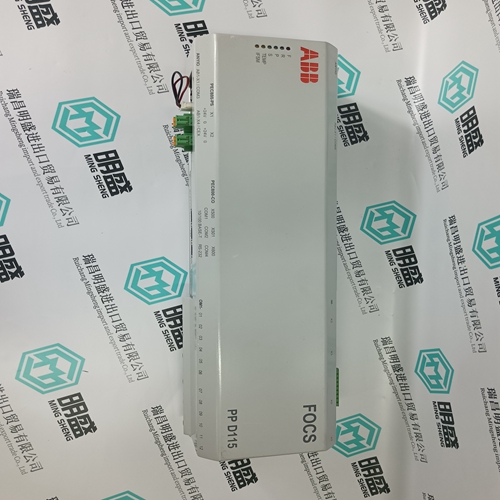Home > Product > PLC programmable module > NI PXIE-1062Q Vector signal transceiver
NI PXIE-1062Q Vector signal transceiver
- Product ID: PXIE-1062Q
- Brand: NI
- Place of origin: The United States
- Goods status: new/used
- Delivery date: stock
- The quality assurance period: 365 days
- Phone/WhatsApp/WeChat:+86 15270269218
- Email:stodcdcs@gmail.com
- Tags:NIPXIE-1062QVector signal transceiver
- Get the latest price:Click to consult
NI PXIE-1062Q Vector signal transceiver
Entry into the AS/OS alarm hierarchy requires setting the fault bit and setting the common alarm. Bit 9 = 0: no fault present Bit 9 = 1: fault – Acknowledgement bit = 0 newly defined block. – If bit 9 and one or more fault bits 0...8 are set together, acknowledgement bit 10 is cleared, i.e. the system is in an ’unacknowledged’ state. If one of the bits 0...8 is set while bit 9 is still ON, the acknowledged bit is cleared, i.e. the system is in an ’unacknowledged’ state. – The acknowledged bit is not reset if only bit 9 has been set. – If bit 9 has not been set, setting one of bits 0...8 does not reset the acknowledgement bit. – The acknowledgement bit remains set in all other cases.
The bits 0 to 10 are assigned in PROGRAM of the AFB.
The .STAT variable then obtains a specific value which is transferred to the system subroutine SYSTEM.STAT. SYSTEM.STAT activates the output of the necessary flags in the group and loop display and generates a status message if the status word value has changed since the last subroutine call. The status message is transferred via the bus to logged–on devices (e.g. OS system). The user must use PICTURE for implementing the states in the loop display; the blinking mark output in the group and area display is organized by the system. Bits 0 and 9 must be set if an alarm is to be indicated by a blinking mark. The user must assign the value to the status word (i.e. the .STAT variable) in PROGRAM. Bit 10 of the status word must be set to “1” when the loop display is selected in order to change the blinking mark to a steady light. This means that the value of the .STAT variable (status word) must be ORed with the value
The new value of the .STAT
variable is transferred to the SYSTEM.STAT system program, and the blinking mark in the AFB loop display is changed to steady light. A blinking mark in an area display is changed to a steady light when a lower–level display is selected. A blinking mark in a group display is changed to a steady light when the corresponding loop display is selected. The system modifies the address pointers when SYSTEM.STAT is called. The user must therefore ensure that the address pointers in the main program are set to the current data records once the system has been terminated.





Professional service
In industrial automation, if you're looking for a new product or production of remaining parts, our knowledgeable and friendly colleagues can help you gain the required things, with our competitive prices, we will be proud to provide you with the necessary spare parts inventory
Superior products
Main products include DCS control system spare parts, PLC system spare parts and robot system spare parts,
Advantage brands: Allen Bradley, BentlyNevada, ABB, Emerson Ovation, Honeywell DCS, Rockwell ICS Triplex, B&R, FOXBORO, Schneider PLC, GE Fanuc, Motorola, HIMA, TRICONEX, Prosoft and other imported industrial parts
